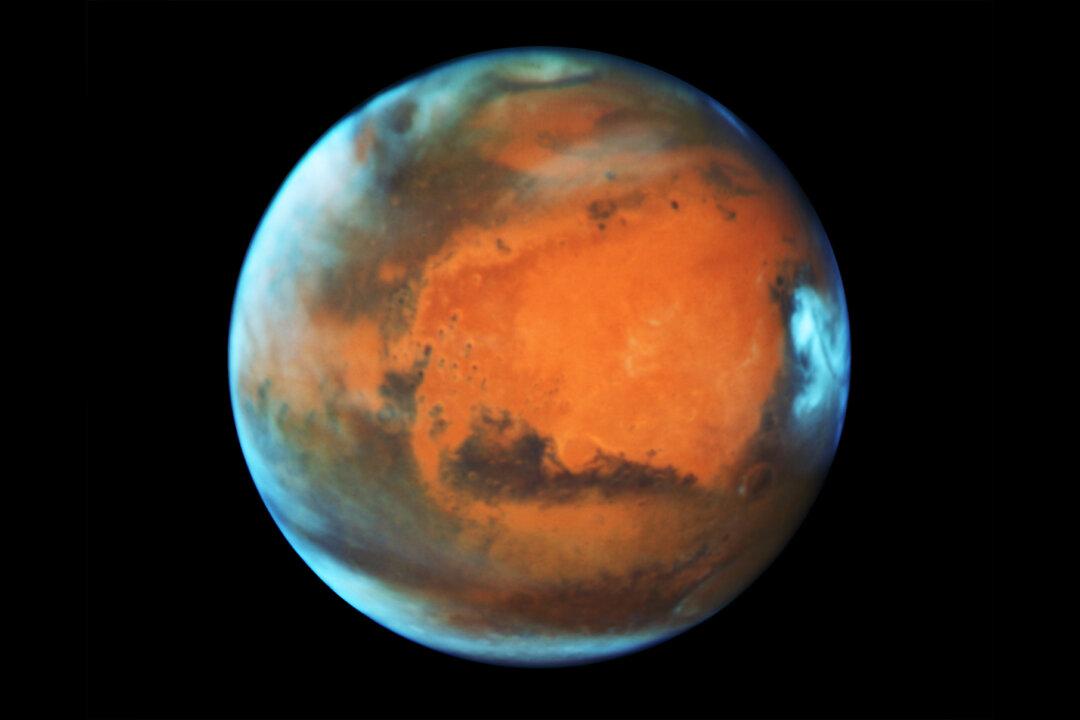If you see a blazing red light in the sky tonight (July 31) don’t panic.

Mars will be closer to Earth than it has in 18 years—and closer than it will be again until 2287. (NASA, ESA, the Hubble Heritage Team (STScI/AURA), J. Bell (ASU), and M. Wolff [Space Science Institute])

Chris Jasurek
Writer
|Updated:



